#Candle And Cauldron
Explore tagged Tumblr posts
Text

[Ari-Pari], [QE Home], ~Whats Lost Spirits~, Candle and Cauldron, Noona Decor, paper moon, Ritual Event Blog:https://athomewithaer.blogspot.com/2023/07/woodland-fantasy-tavern.html Flickr: https://www.flickr.com/photos/aerlinniel_vella/53040113233/in/dateposted/
#[Ari-Pari]#[QE Home]#~Whats Lost Spirits~#Candle and Cauldron#Noona Decor#paper moon#Ritual Event#second life#secondlife#slblogging
0 notes
Text






assorted halloween candles 👻🎃💀 | queenb_emily on ig
#stim#candles#halloween#decor#sfw#pink#white#orange#yellow#black#red#autumn#ghosts#candy corn#eyes#fake food#skeletons#skulls#bones#cauldrons#bows#hands#long nails#ishy gifs#postish
158 notes
·
View notes
Text
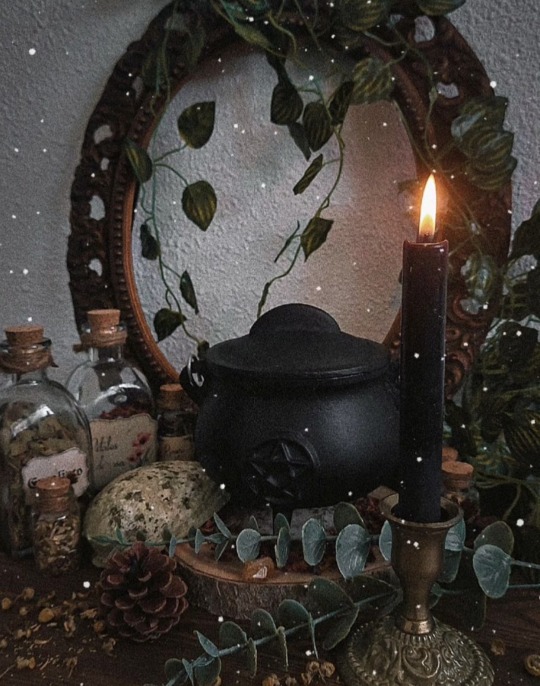
Apothecarymagic
#witchblr#witches of tumblr#witchcraft#wicca#pagan#witchy things#witchy#magick#green witch#baby witch#wiccan altar#wiccan alter#witch aesthetic#candle magick#candle magic#cauldron
1K notes
·
View notes
Text

(x)
#u#web finds#witchy#old web#witchcore#candles#whimsigoth#cauldrons#witchcraft#witch#goth#gothic#90s#2000s#00s
514 notes
·
View notes
Text

#cozycore#cottage life#cottagecharm#cottagestyle#plants#grandma aesthetic#warmcore#countrycore#cottage garden#gardencore#witches#kitchen witch#witchcraft#cottage witch#folk witch#folk witchcraft#cauldron#candle aesthetic#dark core#dark aesthetics#dark academia#book of spells#book aesthetic#book of shadows#herbal magick#pink flowers#smoke aesthetic#soft aesthetic#softcore#plants and herbs
948 notes
·
View notes
Text

#witchcraft#magic#magick#witch#pagan#paganism#crystals#witchblr#witchy#cauldron#witch aesthetic#candles
94 notes
·
View notes
Text
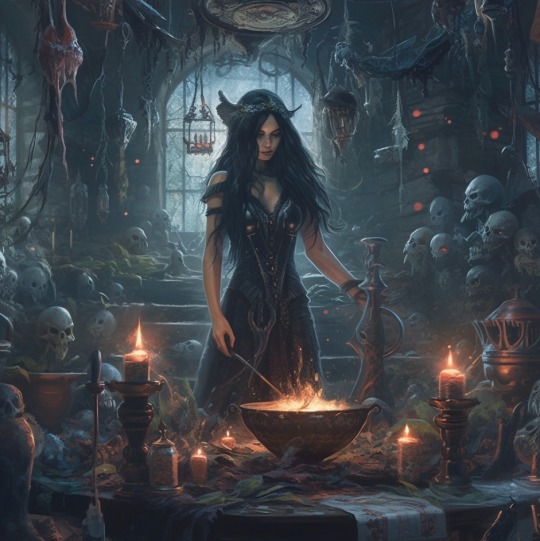
64 notes
·
View notes
Note
If you have time, could you do a witchy Rarilight stimboard? Thank you in advance!









RariLight | Rarity x Twilight Sparkle Stimboard with witchy stims for @angelic-anissa
(X) (X) (X)
(X) (X) (X)
(X) (X) (X)
#this was a fun request to make#stimboard#mlp#my little pony#mlp g4#friendship is magic#my stimboards#my little pony stim#mlp stimboard#my little pony stimboard#mlp stim#my little pony friendship is magic#mlp friendship is magic#mlp fim#my little pony fim#my little pony g4#rarity#twilight sparkle#rarilight#raritwi#witch stim#witchcore#witchy#potion stim#candle stim#book stim#gem stim#cauldron stim
37 notes
·
View notes
Text

Continuation of prev 3 (suggested by @hotstuff97) - Rikki as a witch. Bc if Cariba Heine had been in tvdu, she WOULDVE played a witch. trust me i know cuz im psychic
#h2o just add water#aesthetic#rikki chadwick#as a witch#with a preference for fire#trust me i know i know i KNOW#it wouldve been that way#witch aesthetic#fire aesthetic#candles#cauldrons#etc
30 notes
·
View notes
Text

Be your own kind of witch ✨✨✨✨✨✨✨✨✨✨✨✨✨✨✨✨✨✨
Ladies and gentle witches, today I implore you to embrace the power within, to break free from the chains of conformity and forge your own path in the mystical realms. Let us no longer be confined by the spells written by others, but instead, let us inscribe our destinies with the ink of our own magic.
In the cauldron of individuality, let each of you stir the brew of your unique talents. Do not be swayed by the whispers of tradition; let your incantations echo the symphony of your own intuition. For in the moonlit dance of spells, it is your authentic magic that shall illuminate the darkest corners of the enchanted forest.
Together, we shall not fear the unknown, but rather, we shall weave spells of courage to navigate the uncharted territories of our potential. Let your broom soar through the night, not burdened by the weight of expectations, but liberated by the winds of self-discovery.
Witches of the world, let us unite under the banner of individuality, casting aside the dusty grimoires of conformity. Embrace your quirks, celebrate your idiosyncrasies, and let your cauldron bubble with the essence of your true selves. In this covenant of uniqueness, we shall redefine the very essence of witchcraft, transcending the limitations of spells past.
So, my fellow enchantresses, let your magic be an ode to the extraordinary within each of you. May your potions be a reflection of your inner essence, and may your broom carry you to heights unimagined. For in the realm of witches, true power lies in the authenticity of the self.
✨✨✨✨✨✨✨✨✨✨✨✨✨✨✨✨
It’s good to get tips and follow some old traits, but I want to encourage you all to sometimes go your own way and be your own witch 🧙♀️
#witchcraft#dark academia#witchblr#witches#witchy#witch aesthetic#witch community#witch#witchcore#sea witch#tradition wicca#pagan wicca#eclectic witch#eclectic wicca#baby witch#beginner witch#cats familiar#candle magic#cauldron#manifesting#spellcraft#spiritualgrowth#lilith goddess#hecate goddess#witch coven#wiccan#kitchen witch#wicca#witchy woman#traditional femininity
75 notes
·
View notes
Text


I don’t think of myself as a fire unsafe person, and to experiment with oil lamps I got this $10 stock pot to help mitigate risk. But it just makes me feel more secure about regular candles, too.
And think of the cauldron symbolism opportunities.
#The enamel stock pot for sure counts as a cauldron#I don’t leave my candles unattended btw#Feel like someone in the notes is going to assume that I do#photos#fire safety#witchblr#witch tips
52 notes
·
View notes
Text

#leave me alone#halloween#text#october#cute#spooky#illustration#spooky season#happy halloween#witch#cat#meow#potion#witchcraft#spell#candles#potions#cauldron#trick or treat
21 notes
·
View notes
Text

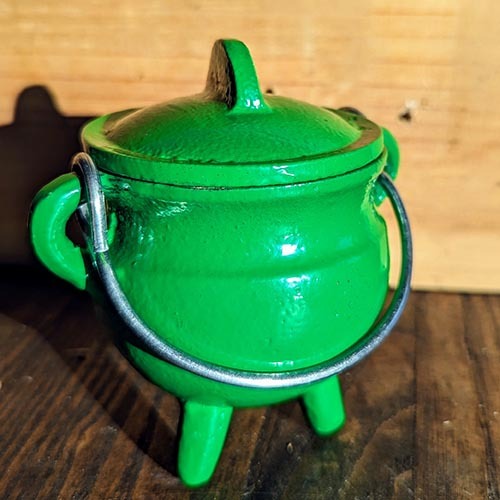


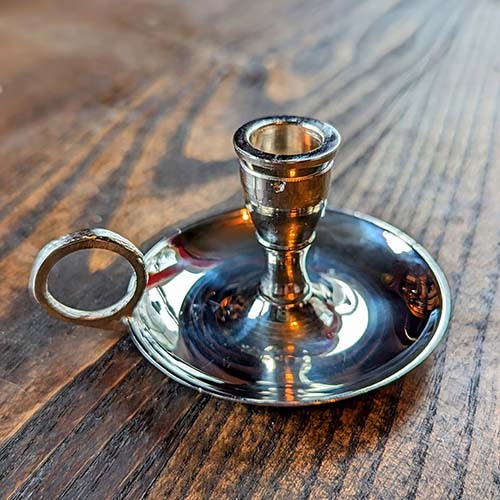
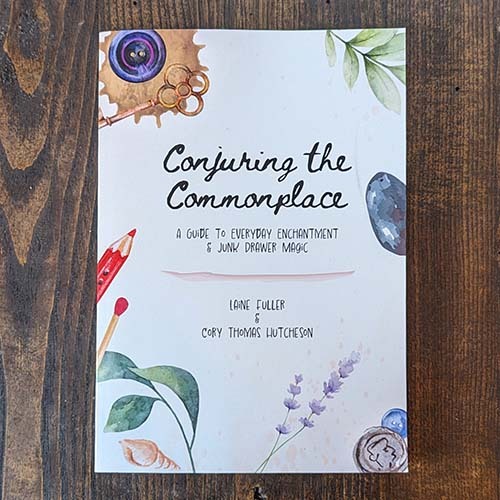
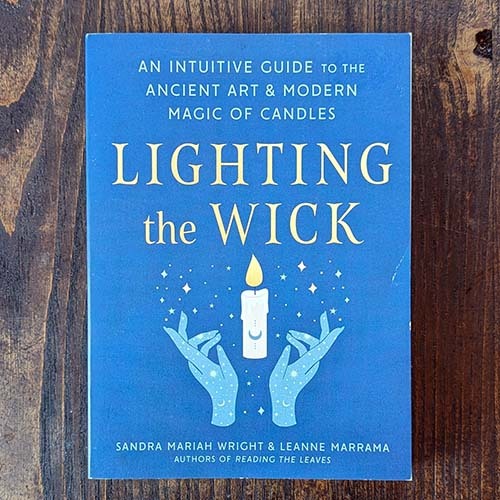

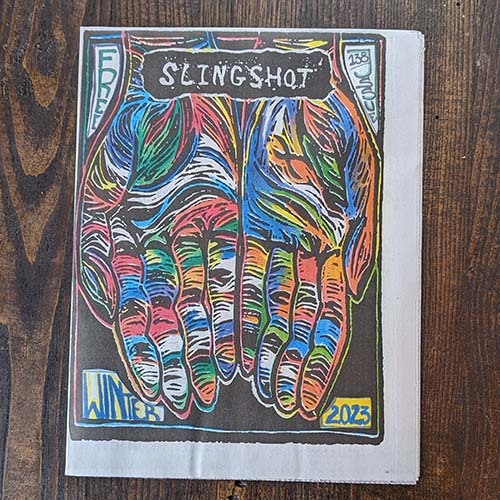

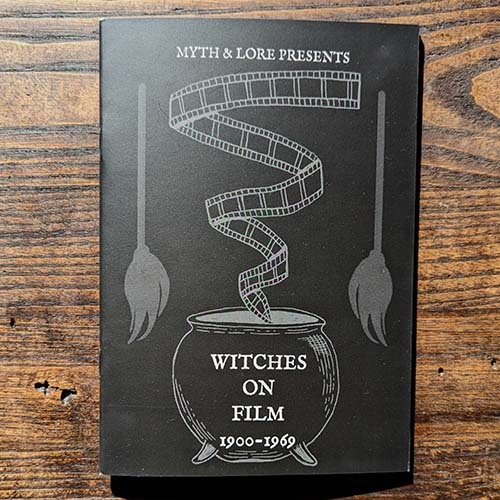
New stuff in the Portland Button Works Spiral House Shop December 6, 2023
Candy Colored Cauldrons! Blue, Green, Pink, or Red!
Mini Candle Holder with Finger Ring
Conjuring the Commonplace: A Guide to Everyday Enchantment & Junk Drawer Magic by Laine Fuller and Corey Hutcheson of New World Witchery Podcast
Lighting the Wick: An Intuitive Guide to the Ancient Art and Modern Magic of Candles by Wright and Leanne Marrama
Goblin Mode: How to Get Cozy, Embrace Imperfection, and Thrive in the Muck by McKayla Coyle
Slingshot #138 Winter 2023 (FREE! Just pay shipping)
Myth & Lore Zine Issue 7: Witches, Warnings, & Windershins
Witches on Film Zine from Myth & Lore
#witch store#cauldrons#witch shop#spiral house#new world witchery#myth & lore#goblin mode#slingshot zine#zlingshot organizer#candle magic#colorful cauldrons#junk drawer magic
120 notes
·
View notes
Text

Handfulsofdust
#witchblr#witches of tumblr#witchcraft#wicca#pagan#witchy things#witchy#magick#green witch#baby witch#green witchcraft#witch community#candle magick#candle magic#cauldron#scrying#herb magic#herbal magick#herb magick#herbal magic#green magic#green magick
766 notes
·
View notes
Text
A Baby Witch's First Grimoire
Grimoire Entry 6 - 15 Tools and Their Uses in Witchcraft!

1. Athame
An athame is a ceremonial knife used in various forms of witchcraft. It typically consists of a double edged blade and a black handle. The athame is not typically used for actual cutting; it instead, is used for directing energy and symbolizing intent during rituals and ceremonies. Knives like the athame were used historically in rituals in cultures such as the Egyptians, Greeks, and Romans. The modern concept of the athame was popularized by Gerald Garden. He incorporated the athame into Wiccan practice by drawing inspiration from ceremonial magic traditions. In these traditions the athame was used to draw protective circles and direct energy. Now in our modern day we use the athame for many purposes including circle casting, directing energy, invocation and evocation, and symbolism of the elements air, fire, masculine energy, and the power of the mind and will.
2. Wand
A wand is a slender, hand held tool used in witchcraft for directing energy, casting spells, and invoking spirits of deities. Wands are commonly made from wood but can also be crafted from metals, crystals, or various other materials. It is traditionally considered sacred and powerful when used as a tool. Like the athame the wand also has historical ties to the Egyptians, Greeks, and Romans. In these cultures, wands were symbols of authority and power. They were used by priests, magicians, and oracles to channel divine energy and perform rituals. The want is also a common staple of folklore and mythology as they often are depicted as a tool wielded by witches, wizards, and fairies. This tool, again like the athame, was popularized in Wicca by Gerald Gardner. He drew inspiration from ceremonial magic and folklore. It's uses are for directing energy, casting circles, invocation and evocation, healing, channeling intent, and symbolizes air, fire, and the power of the mind.
3. Chalice
The chalice is a cup used in various religious practices involving witchcraft. It's typically made from metals, glasses, ceramic, or wood. The chalice represents the element of water and is a symbol of the Goddess, the feminine aspect of divinity, and the womb. The chalice has been used historically in rituals dating back to ancient times. In many cultures, the chalice has been a symbol of abundance, fertility, and the divine feminine. The chalice is often used to hold offerings and ritual drinks. It's so commonly used that even Christianity uses it to represent the blood of Christ. Today the chalice is often used for ritual beverages, such as water, wine, or juices, offerings, blessings, invocation, and symbolizes water, femininity, the womb, fertility, abundance, and the divine feminine.
4. Pentacle
Not to be confused with the sigil of Baphomet, the pentacle is a disk or flat object inscribed with a pentagram, which is a five pointed star pointing upright, enclosed within a circle. In witchcraft the pentacle is a powerful symbol that represents the elements. The pentacle has ancient roots, with the pentagram symbol being used in various different cultures and religions for thousands of years. Ancient civilizations, such as ancient Mesopotamia, Egypt, Greece, among others, used the pentagram for its protective and symbolic properties. In the context of western religious and ceremonial magic, the pentacle boomed in popularity and became a prominent tool and symbol. This happened especially during the renaissance and the development of modern occult traditions thereafter. Today the pentacle is used as an altar tool as a focal point representing the element of earth and the foundation of magical practice. It's also used for protection, consecration, invocation and evocation, spell work, and symbolizes the elements of earth, air, fire, water, and spirit. It is the interconnectedness of all things and a very powerful tool because of it.
5. Cauldron
A cauldron is a large pot, typically made of cast iron, used in cooking and rituals. It's a versatile tool associated with transformation, rebirth, and the element of water. The cauldron can also symbolize the womb of the goddess, representing fertility. The cauldron has ancient roots and has been used across various cultures for cooking, brewing, and other various rituals. In Celtic mythology, the cauldron is a powerful symbol of abundance, knowledge, and transformation. For example, the Cauldron of Dagda in Irish mythology was said to provide endless nourishment. The Cauldron of Cerridwen in Welsh mythology, was a source of wisdom and rebirth. In medieval Europe, the cauldron became associated with witches and magic. It was often depicted in folklore and literature as a vessel for brewing potions and casting spells. This association has continued into the modern day and the cauldron remains a symbol of witchcraft. It's used for scrying, burning rituals, cooking, transformation rituals, and symbolizes the womb of the goddess, water, and the cycles of birth, death, and rebirth.
6. Broom
The broom, also commonly referred to as a besom in witchcraft, is a traditional tool used for sweeping and cleansing. It serves as a functional and symbolic object and is usually made from natural materials, such as wooden handles and twigs or straw for the bristles. Historically it was used by woman when cleaning homes. In medieval Europe woman were often practitioners of folk magic. The image of witches flying on broomsticks became popular in European folklore and later in literature and art. This is theorized to have origins in shamanic practices, where tools like brooms were used symbolically in rituals involving altered states of mind. Today it's used for cleansing and purification, ritual preparation, protection, fertility rituals, and symbolizes air, magical cleaning, and the union of masculine and feminine energies.
7. Book of Shadows
A Book of Shadows (BoS), also known as a grimoire, is a collection of magical knowledge, experiences, rituals, spells, and other relevant information stored in a book, journal, blog, or other means. While the term is usually interchangeable, some traditions distinguish between the two. These traditions usually consider a grimoire as more of a spellbook or manual while a Book of Shadows (BoS) is considered a personal diary of magical practice. The concept of recording magical knowledge dates back to ancient times. Grimoires have been found throughout history in various cultures, containing information on magical practices, spells, rituals, and divination. In medieval Europe, grimoires were often handwritten manuscripts passed down through generations or kept secret to protect the knowledge within. Today the Book of Shadows (BoS) is used to record spells and rituals, track progress of the practitioners growth, contains notes from research and study, shares personal reflections of experiences, dreams, and insights gained through magical practice, preserve tradition, and is a method of creative expression.
8. Candles
In witchcraft and other magical practices, candles are used for their symbolic and practical properties. The color, size, and type of candle can influence its effectiveness and purpose in rituals and spells. The use of candles dates back thousands of years. Ancient civilizations such as the Egyptians, Romans, and Chinese used candles made from beeswax, tallow (animal fat), or plant based waxes. Early candles were primarily used for illumination and were often crafted in a labor intensive process. In magical and religious contexts, candles have been used for centuries as symbols of light, purification, and spiritual illumination. In many traditions, candles have been incorporated into rituals and spellwork due to their symbolic representation of the element of fire and the energy of transformation. Today's uses of candles include focus and intention, color correspondences, ritual and spellwork, meditation and contemplation, celebrations and ceremonies, and symbolize fire, transformation, energy, and purification.
9. Incense
Incense is a substance that releases fragrant smoke when burned. It's typically made from a blend of aromatic plant materials, resins, oils, and sometimes other stuff. Incense comes in various forms, including sticks, cones, powders, and coins. In witchcraft and other spiritual practices, incense is used for its aromatic properties and its association with purification, ritual and energy work. Incense has been used for thousands of years across various cultures for religious, spiritual, and therapeutic purposes. The ancient Egyptians, Greeks, Romans, and Chinese all utilized incense in their rituals and ceremonies. In many cultures, burning incense was, and still is, believed to bring people closer to the divine, purify spaces, and ward of negative energies. In ancient Egypt, incense was used in temple offerings and daily rituals. The Greeks and Romans used it in their religious practices and medicinal treatments. In India and China, incense has been integral to spiritual and meditative practices for centuries. The use of incense in these traditions often involved complex blends of resins, herbs, and oils tailored to specific purposes. Today's uses for incense include purification, rituals and ceremonies, meditation and contemplation, invocation, spellwork, and energy work.
10. Deity Statues
Deity statues are sculptural representations of divine beings or spirits used in various religious practices. These statues can be made from various materials, such as wood, stone, metal, or clay, and they often depict gods, goddesses, or other significant figures from mythology or religious traditions. In witchcraft, deity statues are used to represent and connect with specific deities or spiritual entities. They have been used across a variety of cultures for thousands of years. Ancient civilizations, including but not limited to, the Egyptians, Greeks, Romans, Hindus, and Buddhists, created statues to honor and invoke their deities. These statues served as focal points for worship, rituals, and offerings. In ancient Egypt, statues of gods and goddesses were placed in temples and homes, and offerings were made to them as part of daily religious practices. In Greece and Rome, statues of gods were central to worship in temples and public spaces. Similarly, in Hinduism and Buddhism, deities are often depicted in elaborate statues that play a significant role in devotional practices. In modern witchcraft, deity statues are used to honor and work with specific deities, align with spiritual practice with divine energies, and create sacred spaces. They are used for representation, invocation, meditation, altar decoration, used for offerings and devotion, and symbolic connection.
11. Crystals
Crystals come in various types, including quartz, amethyst, rose quartz, and many others. In spiritual and magical practices, crystals are valued for their alleged energetic properties and their ability to influence or enhance various aspects of life and magic. The use of crystals dates back to ancient civilizations. Many cultures have used crystals for their perceived magical and healing properties. In Ancient Egypt, crystals such as lapis, turquoise, and carnelian were used in amulets, jewelry, and burial artifacts. They were believed to offer protection and bring about divine favor. Ancient Greece and Rome used various crystals in jewelry and talismans. They believed that crystals had healing and protective qualities. Ancient China used crystals as medicine to balance energy and treat various ailments. Historically Crystals were used in Hinduism and Buddhism to enhance energy and focus. In today's modern age, crystals have gained popularity in various new aged practices where they are used for their healing properties and their role in energy work. Some of the modern uses include healing, energy work, protection, manifestation, cleansing, purification, and divination.
12. Herbs
In witchcraft, herbs are valued for their specific energies and attributes, which are believed to enhance rituals, spells, and healing practices. Herbs can be used in various forms, including fresh, dried, powdered, or in essential oil form. Historically herbs were used for various purposes for various cultures. Ancient Egypt used herbs in medicine, rituals, and embalming practices. Plants like frankincense and myrrh were highly prized for their spiritual and healing properties. Ancient Greece and Rome used herbs in both medical and magical practices. Greek physicians like Hippocrates and Galen wrote extensively on the use of herbs for health. In ancient China herbs were used in medicine for thousands of years to balance the body's energy and treat ailments. A variety of indigenous cultures around the world have also used herbs for healing practices, rituals, and daily life, often incorporating them into traditional medicine and ceremonies. Today we use them for many reasons including holistic medicine, culinary arts, and witchcraft. In witchcraft they are used for spells, rituals, herbal baths, incense and smudging, healing, amulets and charms, meditation, and dream work.
13. Bells
Bells have a long history across many cultures and have been used for various purposes. Bells have been found in ancient civilizations, such as in China and Mesopotamia, where they were used in rituals, ceremonies, and as signaling devices. In Buddhism, bells are used in temples and monasteries to signal meditation times and to aid in ritual practices. In Christianity, church bells have historically called people to worship and marked hours of the day. In European folk traditions, bells were often used in rituals to ward off evil spirits and protect against evil forces. They were also used in celebrations and seasonal festivals. In modern times bells are used for cleansing, purification, marking rituals and spells, energy clearing, focus, intention, invoking or honoring deities, and divination.
14. Altar Cloth
Altar clothes are pieces of fabric used to cover and decorate altars. It can be made from various materials including silk, cotton, velvet, or other fabrics and often features symbolic designs, colors, or patterns relevant to the practitioners beliefs or the specific ritual. The use of altar cloths dates back to ancient religious and spiritual practices among a variety of cultures. In many ancient religious traditions altars were often covered with cloths as a sign of respect and to beautify the sacred space. This practice can be seen in ancient Egyptian, Greek, and Roman temples. In Christian traditions, altar cloths are used to cover the altar in churches. These cloths often feature religious symbols and are used to make religious occasions. In various pagan and folk traditions, altar cloths have been used to signify the altar's sacred nature and to protect it from mundane influences. Today altar clothes are used for both practical and symbolic reasons. These range from creating a sacred space, use for protection, focus, intention, organization, and symbolize different meanings dependent on the color. For example a green cloth may be used during prosperity spells, while a black cloth might be used for protection or banishing.
15. Mortar and Pestle
Mortar and pestles are tools used to crush, grind, and mix substances. The mortar is a bowl, typically made of stone, ceramic, or wood, and the pestle is a heavy, club shaped object used to grind and crush the materials inside the mortar. This tool is widely used in cooking, pharmacies, and various craft and medicinal practices. The mortar and pestle have a long history and has been used across many cultures. Early examples of mortar and pestles have been found in the archaeological remains of the Indus Valley, Egypt, and Mesopotamia. In ancient Greece and Rome the mortar and pestle was an essential tool for pharmacists and used to prepare medicines. Today mortar and pestles are valued for their ability to transform raw ingredients into fine powders and mixes, making it an essential tool for preparing herbal blends, incense, and other magical concoctions. They are used for symbolic acts, herbal preparations, incense making, to prepare spell ingredients, and in making anointing oils.
Feel free to check out my master post for more information!
#magick#paganism#wicca#witchblr#witchcraft#baby witch#witch stuff#pagan#witch#witch community#beginner witch#witches#witchcore#witch aesthetic#altar tools#athame#witches cauldron#candles#magical#pagan witch#eclectic pagan#paganblr#wands#pentacles#pentagram#broom#book of shadows#grimoire#incense#A Baby Witch's First Grimoire
18 notes
·
View notes
